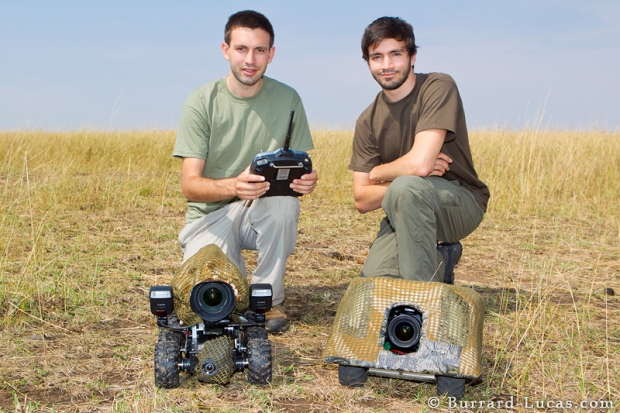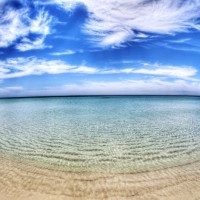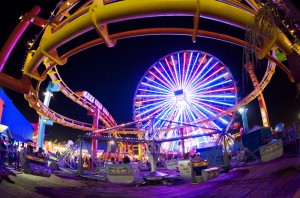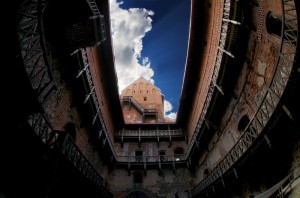
Will Burrard-Lucas (left) and Matt Burrard-Lucas (right) with two BeetleCams. Masai Mara, Kenya.
Back in 2009, The Brothers Burrard-Lucas - Will and Matt, an ingenious duo of wildlife photographers - set off to Tanzania to test out their home-made camera buggy, the BeetleCam. The idea was that a camera mounted on a small remote-controlled vehicle would allow them to capture close-up shots of animals in the wild that they wouldn't be able to achive with their cameras firmly in their hands or mounted on tripods. And it worked. Up to a point. Unfortunately they lost a camera in the process, and BeetleCam came off far worse in its single encounter with a lion.
However, the photos that the original BeetleCam had managed to help capture convinced Will and Matt that they really were onto something; the BeetleCam would allow them to take ground-breaking photos of wildlife. So undeterred, Will proceeded to rebuild and modify BeetleCam in 2011. He came up with two new versions: one with more advanced capabilities and the other with an amoured shell that should be able to withstand the inquisitive approaches of big cats.
With their modified BeetleCams, they set off to the Masai Mara to test them out again. And this time, they returned whole - if battered - and with a host of super-impressive photos. Take a look for yourself up there, or head to the BeetleCam site to see even more.
Flush with success, they've decided not to keep BeetleCam all to themselves, either. If you'd like your own one, they start at £1,250 for the basic unit and then increase with all the exciting optional extras that you can build in to them. Interested? Get in touch with them and they'll see what they can do.
Then it'll be your turn!









